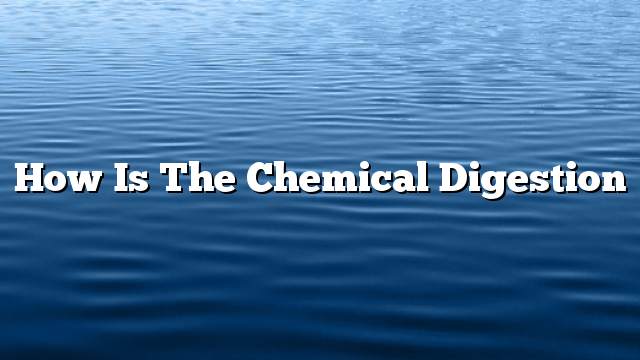digestion Is a chemical and mechanical process in which large particles of food are converted into small molecules that are easily soluble and absorbed so that the body can benefit from them by absorbing nutrients, minerals and waste disposal. Digestion begins with smaller molecules through so-called mechanical digestion, which breaks down food into smaller molecules So that it can be easily processed by the digestive system, such as the process of chewing inside the mouth with the help of teeth, which helps to break down food to pass through the esophagus stomach and then the intestines.
The movements of the peristalsis are several movements of the contraction and expansion of the muscles throughout the digestive system during the process of mechanical digestion, the chemical cleavage of the digestion is in the gastrointestinal tract which is – mouth, pharynx, esophagus, stomach, intestine, large intestine plus salivary glands, liver and pancreas – Special Enzymes We’ll talk about later.
When food reaches the stomach, the enzymes that increase the digestion of food are excreted. The first is the pepsin enzyme, which breaks down the proteins in the food into smaller and smaller molecules. The carbohydrate digestion of carbohydrates begins in the mouth through the secretion of the enzyme called amylase. The stomach is chemically digested for up to two hours The food is then transferred to the small intestine.
The food has now turned into a liquid that has made its way to the small intestine. The bile extract and the pancreatic juice in the duodenum are assisted by pancreatic lipase enzyme to digest fat chemically. The enzyme lupine enzyme will complete the digestion of fat for the simplest image can be absorbed. The digestive enzymes in the small intestine continue to digest the pancreatic enzyme called pancreatic amylase, so the intestinal enzymes of the intestinal juices digest carbohydrates completely to become easier to absorb. The protein begins to dissolve more and more through the enzyme trypsin, kimoterpsin and intestinal juices to become absorbable amino acids.
Absorption processes are the last part of the digestive process in which the substances digested through the cells in the small intestine pass through the bloodstream through active propagation and transport methods. Absorptible carbohydrate molecules, called glucose and monoclonal sugars, are absorbed directly through the small intestine. This is also the case for molecules of absorbable proteins called amino acids. Fat molecules called fatty acids and glycerin are then transferred to the lymphatic vessels and then returned to the blood. Solid food waste is disposed of through the large intestine and then into the anus outside the body.
